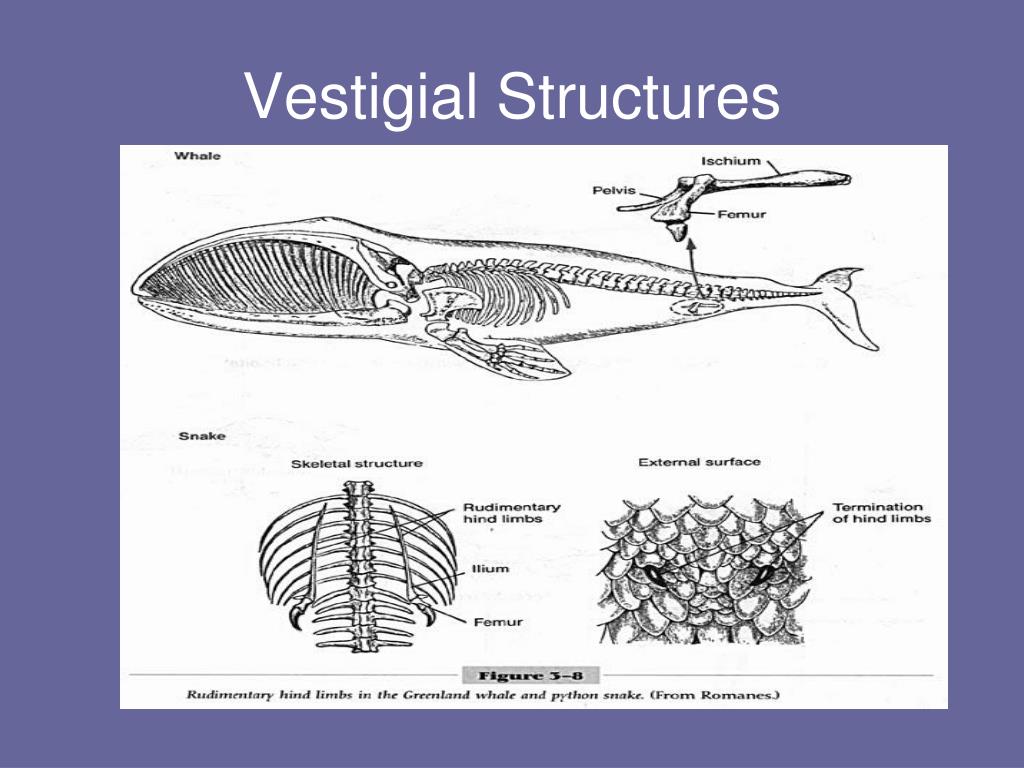


Broad groups that evolved before the breakup of the supercontinent Pangaea (about 200 million years ago) are distributed worldwide. The geographic distribution of organisms (referred to as biogeography) on the planet follows patterns that are best explained by evolution in conjunction with the movement of tectonic plates over geological time. Great ape embryos, including humans, have a tail structure during their development that is lost by the time of birth. These disappear in the adults of terrestrial groups but are maintained in adult forms of aquatic groups such as fish and some amphibians. For example, all vertebrate embryos, including humans, exhibit gill slits and tails at some point in their early development.

As a result, structures that are absent in some groups often appear in their embryonic forms and disappear by the time the adult or juvenile form is reached. Mutational tweaking in the embryo can have such magnified consequences in the adult that embryo formation tends to be conserved. Figure a: modification of work by Keith Morehouse)Įmbryology, the study of the development of the anatomy of an organism to its adult form, also provides evidence of relatedness between now widely divergent groups of organisms. (Credit: “winter coats” by OpenStax is licensed under CC BY 4.0. \): The white winter coat of the (a) arctic fox and the (b) ptarmigan’s plumage are adaptations to their environments.


 0 kommentar(er)
0 kommentar(er)
